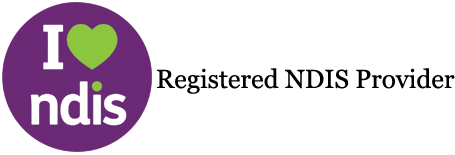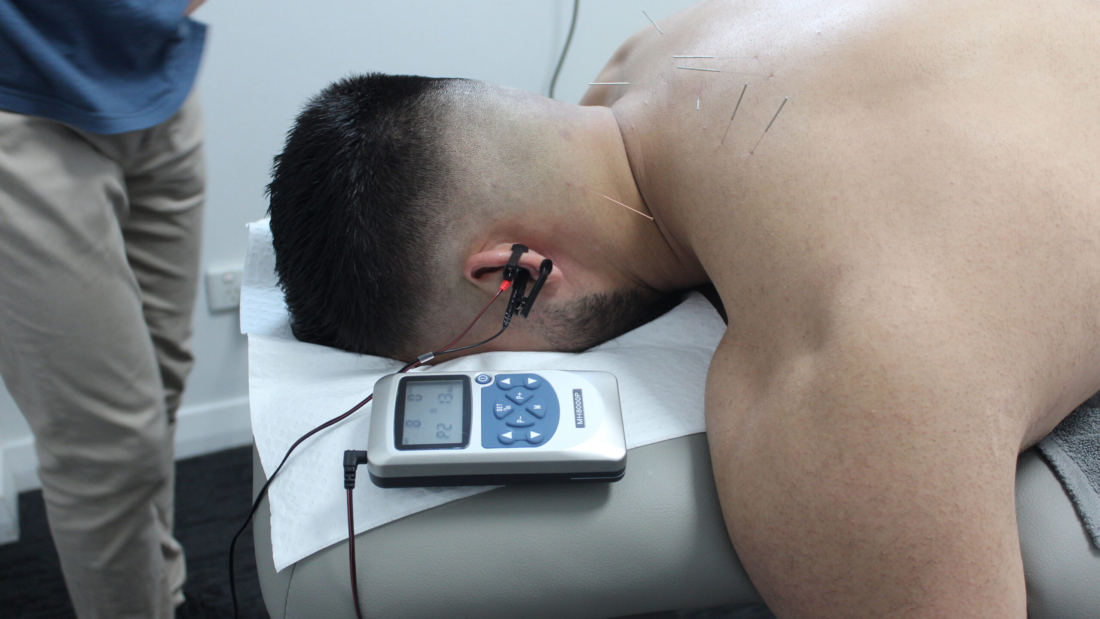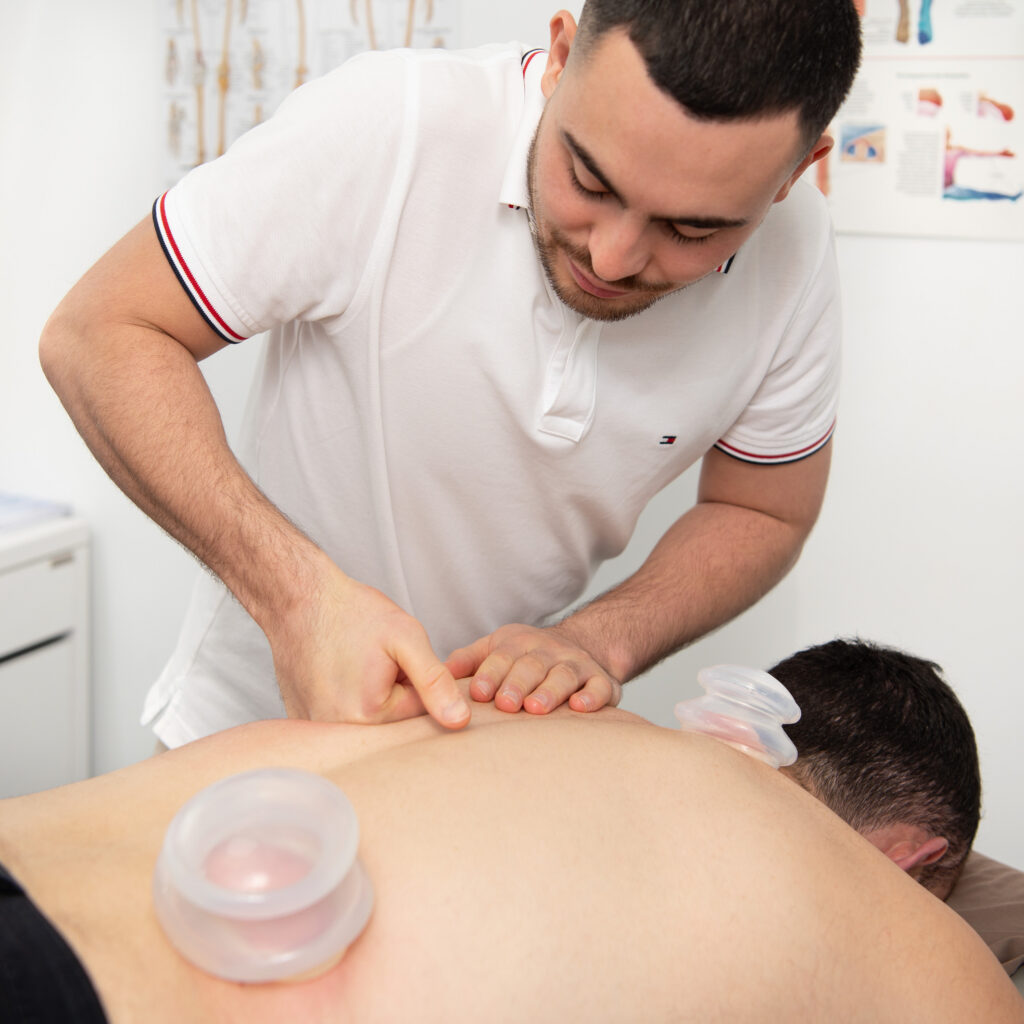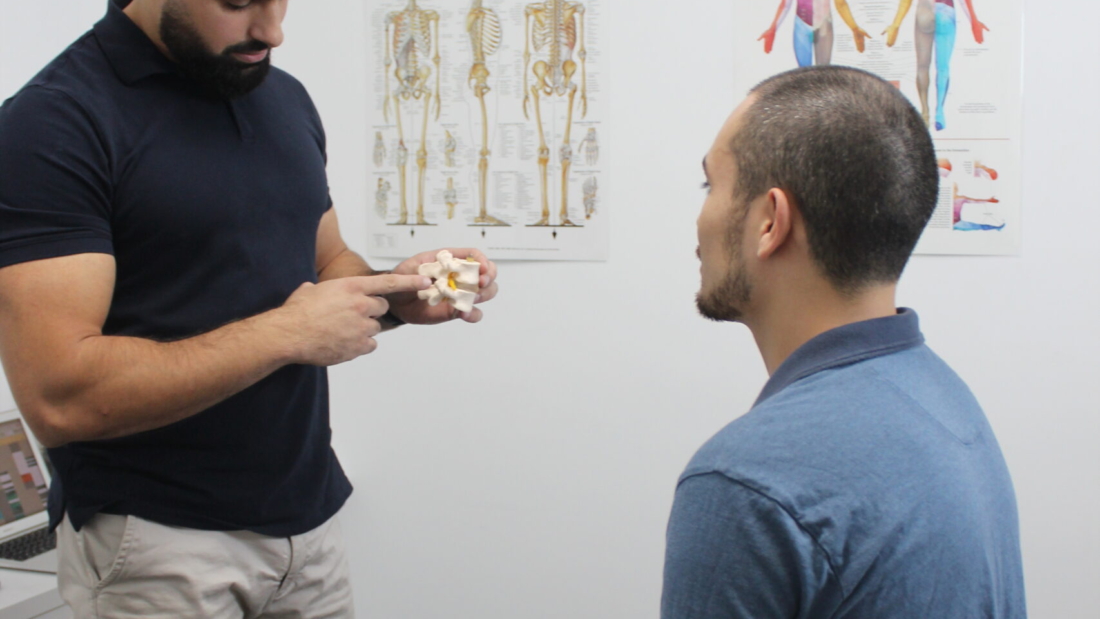One of the most important aspects of parenting is being in tune with the needs and emotions of your baby. Pregnancy massage is an increasingly popular, practical, and scientifically proven tool which allows mums to boost their wellbeing, reduce some symptoms, keep them healthy and feel comforted right before that baby arrives!

What is Pregnancy Massage?
Pregnancy Massage is a type of massage that is specifically designed for pregnant women. It is a way to help them relax and reduce stress during pregnancy.
Pregnancy Massage has many benefits for both the mother and the baby. It can help to improve circulation, reduce swelling, and ease back pain. It can also help to improve sleep, reduce stress, and promote relaxation.
There are a few things to keep in mind when getting a Pregnancy Massage. First, it is important to find a qualified massage therapist who has experience with pregnant women. Second, it is important to make sure that the massage therapist uses proper techniques. Third, it is important to drink plenty of water before and after the massage.
Pregnancy Massage is a great way to help pregnant women relax and reduce stress during pregnancy. It has many benefits for both the mother and the baby. If you are pregnant, be sure to talk to your doctor about whether Pregnancy Massage is right for you.
Ways and specifics pregnancy massage helps during pregnancy
Pregnancy massage has many benefits for both the mother and the child. Massage during pregnancy can help to improve circulation, reduce swelling, and ease muscle tension. It can also help to improve sleep quality and reduce stress levels.
Pregnancy massage can be performed by a trained professional or by a loved one. It is important to find a comfortable position for the massage, as the mother’s body will be changing throughout the pregnancy. It is also important to keep hydrated during the massage.
Pregnancy massage can be a great way to bond with the child and prepare for parenting. It can help the mother to feel more connected with her body and to feel more confident about the changes that are taking place. Massage can also help to build trust between the parent and child.
What are the different kinds of prenatal massage?
There are several different types of prenatal massage that can be beneficial for pregnant women.
Swedish massage is a very gentle type of massage that can be helpful in relieving stress and tension. It can also help to improve circulation and increase flexibility.
Deep tissue massage is another type of prenatal massage that can be helpful in relieving muscle pain and tension. It can also help to improve circulation and reduce swelling.
Trigger point massage is a type of massage that targets specific areas of the body that are causing pain. This type of massage can be helpful in relieving headaches, back pain, and other types of pain that pregnant women may experience.
Reflexology is a type of massage that uses pressure points on the feet to promote relaxation and healing throughout the body. This type of massage can be helpful in relieving stress, tension headaches, and nausea.
Prenatal massage is a great way to promote relaxation and healing during pregnancy. There are several different types of prenatal massage that can be beneficial for pregnant women. Choose the right type of prenatal massage for you based on your needs and preferences.
Benefits from Prenatal massage for mum and for baby
There are many benefits to prenatal massage for both mum and baby. Prenatal massage can help to relieve aches and pains that are common during pregnancy. It can also help to reduce stress and anxiety levels. Massage can also improve blood circulation and help to ease swelling in the hands and feet.
Prenatal massage can also be beneficial for baby. Massage can help to stimulate the production of oxygen and nutrients in the blood. This can help to improve the development of the nervous system. Massage can also help to promote relaxation and calmness in baby.
Should you do a pregnancy massage before you’re pregnant or it does not make a difference?
There is some debate about whether or not pregnancy massage is more effective before or after becoming pregnant. Some say that it is more beneficial to do a pregnancy massage before becoming pregnant, as it can help to relax the mind and body in preparation for the upcoming changes. Others say that it doesn’t make a difference when you do a pregnancy massage, as long as you do it at some point during your pregnancy.
There is no right or wrong answer, and ultimately it is up to the individual woman to decide whether or not she wants to do a pregnancy massage before or after becoming pregnant. If you are considering a pregnancy massage, speak to your doctor or midwife first to get their opinion on whether or not it would be right for you.
Conclusion
Pregnancy massage has become a popular parenting tool in recent years, and it’s easy to see why. Not only does it provide expecting mothers with much-needed relaxation and stress relief, but it can also help improve their overall health and well-being. If you’re pregnant and looking for a way to ease your discomfort and improve your health, pregnancy massage may be just what you need.
How much does pregnancy massage cost?
Our prices our listed on our website for your convenience.
What other services do you offer?
How do I book an appointment ?
Call : 9791 9599
Email : [email protected]

![npit-business-431[1]](https://npit.com.au/wp-content/uploads/2022/07/npit-business-4311-scaled-1100x619.jpg)

![npit-business-295[1]](https://npit.com.au/wp-content/uploads/2022/07/npit-business-2951-scaled-1100x619.jpg)

![npit-business-156[1]](https://npit.com.au/wp-content/uploads/2022/07/npit-business-1561-scaled-1100x619.jpg)

![npit-business-311[1]](https://npit.com.au/wp-content/uploads/2022/07/npit-business-3111-scaled-1100x619.jpg)